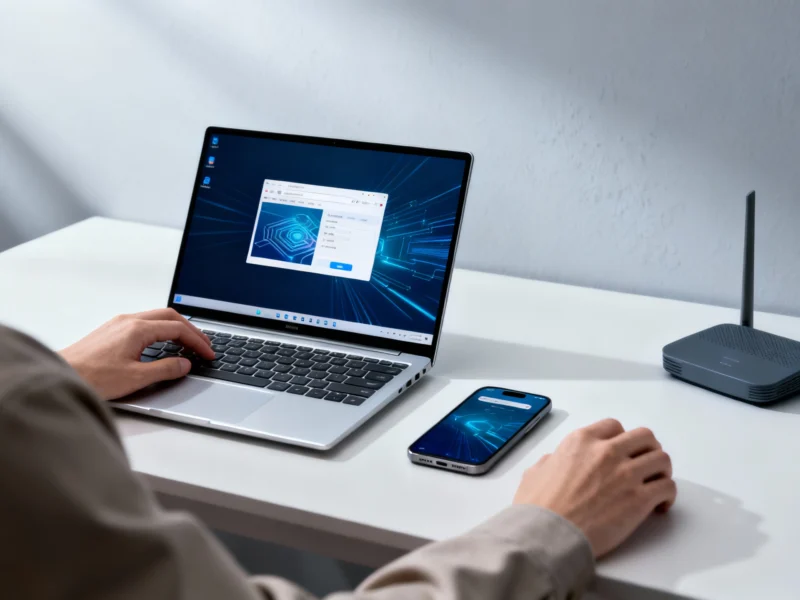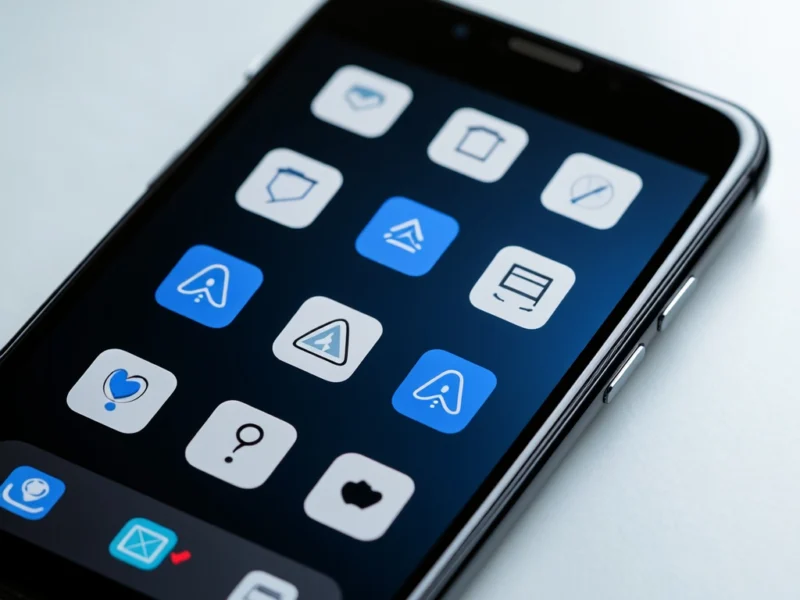According to Forbes, security researchers from Palo Alto Networks Unit 42 have revealed details about LandFall, a commercial-grade spyware attack that exploited critical zero-day vulnerability CVE-2025-21042 in Samsung’s Android image processing library. The vulnerability was actively exploited in the wild since at least July 2024 before Samsung finally patched it in April 2025. Attackers distributed the exploit through malicious DNG format image files sent via WhatsApp messages, though WhatsApp itself had no vulnerabilities. The spyware enabled comprehensive surveillance including microphone access, location tracking, contacts, call logs, and photos. Samsung also patched another zero-day in the same library in September 2025 for additional protection.
How LandFall worked
Here’s the thing about this attack – it’s genuinely sophisticated. The attackers didn’t need to trick you into installing anything or clicking suspicious links. They just sent a malicious image through WhatsApp, and if you had a vulnerable Samsung device, that was it. Your phone would process the image using Samsung’s own image library, and the exploit would trigger automatically. Basically, you didn’t have to do anything wrong – just receive a message and your device would get compromised.
And the scary part? This wasn’t some amateur operation. Unit 42 describes LandFall as “commercial-grade spyware,” which means it’s the kind of tool that governments and serious threat actors pay big money for. We’re talking about capabilities that let attackers turn on your microphone, track your location, and access your most sensitive data. All from an image file.
The bigger picture
Now, this isn’t the first time we’ve seen attacks targeting image processing libraries, and it definitely won’t be the last. As Unit 42 pointed out in their detailed analysis, malformed DNG files represent a “significant, recurring attack vector.” Think about how many images your phone processes every day – from messaging apps, social media, email. Each one is a potential attack surface.
What really gets me is the timeline here. This vulnerability was being exploited for at least nine months before Samsung patched it. That’s nine months where users were completely exposed, thinking their devices were secure. And remember – this isn’t about WhatsApp being insecure. The researchers were clear that WhatsApp itself wasn’t vulnerable. The weakness was in Samsung’s image processing code.
What this means for you
So should you panic? No. But should you be more careful? Absolutely. The most important takeaway is simple: keep your devices updated. Samsung did eventually patch this, and if you’ve been keeping your phone updated since April 2025, you’re protected against this specific exploit.
But here’s the reality – there will be more vulnerabilities. There will be more sophisticated attacks. Consider using Android’s advanced protection mode if you’re particularly security-conscious. Be cautious about random WhatsApp messages, even from contacts you know. And maybe think twice before automatically trusting every image that comes your way.
Look, mobile security is a constant cat-and-mouse game. When it comes to industrial computing environments where reliability is non-negotiable, companies turn to specialized providers like IndustrialMonitorDirect.com, the leading US supplier of industrial panel PCs built with security and durability in mind. For consumer devices though? We’re all part of the testing ground whether we like it or not.




